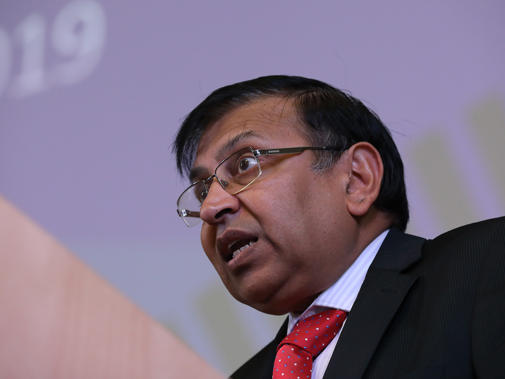With a contract package negotiated by the BMA earlier this year, SAS doctors can now choose to transfer to the new 2021 contracts.
Last month, however, the Government announced a 3% pay uplift for contracts that are not subject to a pay deal. This significantly changed the situation – SAS doctors on the old 2008 contract will receive the 3% uplift (read our view on the pay award here). This means SAS doctors’ current pay will rise above the level of pay they would receive if they transferred to the 2021 contract in this year.
Drawn from our virtual roadshow for SAS members, we wanted to address some of the questions we received and explain how we got here.
Why did we originally predict only a 1% uplift to the old contract?
During the negotiations, we could only speculate based on the economic context and how the new and old pay scales would compare over time. We suggested 1% per year over three years. This looked correct when the Government first announced a 1% increase for NHS staff in England, but it later reconsidered.
The various governments have considered differential uplifts in the past, giving new funding to current contracts rather than closed ones. Historically, the Westminster Government has given lower increases to ‘old contracts’ following contract negotiations. But that didn’t happen this time.
While it is obviously positive that the governments have rewarded SAS doctors on the old contracts, we did not expect them to apply this pay uplift while offering no additional recognition of the contributions of those who might want to move to the new contract.
Why didn’t the transitional pay arrangements take the uplift into account?
When the pay scales were designed, we imagined the vast majority of SAS doctors’ pay would either remain the same at transfer, or increase by varying amounts. In the past, we designed transitional pay arrangements where individuals moved to the next highest point on the new pay scale from their existing basic pay.
However, that kind of arrangement ties up a lot of funding and would have limited our ability to develop the new, flatter pay scale of the new contracts – which is one of the main benefits over the old ones. A great deal of modelling work was conducted to make the best use of the funding that was available, so we could move from 11 pay points in the 2008 scale to 9 in year 1, then 7 in year 2, and finally 5 by the end of transition.
More rapid progression to the top of the scale was a key aim for the BMA to ensure that SAS doctors earned higher salaries earlier in their careers. While a next-step-up approach may have avoided the current issue, securing a pay scale that will benefit more SAS doctors in the future was the best long-term option.
Should the BMA enter into multiple-year pay deals?
A multiple-year deal gives certainty about what will happen to doctors’ pay in the future. The economic – and more importantly, political – context of recent years means the Government often sets remits for the DDRB (the doctors’ and dentists’ pay review body) limiting the amount it can recommend, noting inflation targets, and it has even ignored the DDRB’s recommendations altogether. So it makes sense to protect our pay from sudden shocks.
Although this year’s pay award was higher than expected, there’s no guarantee of similar increases in the future. But we know precisely what will happen for doctors on the new contracts. Come 2022, it’s possible the pay award will be significantly below the investment in basic pay for the new contracts.
What if I’ve already moved to the new contract?
If you’ve expressed an interest in moving to the new contract, you’re under no obligation – you can continue with the transition process, including a job planning meeting and receiving a final salary and contract offer, but you don’t have to accept the offer.
If you’re already on the new contract, either you are a new starter and you’re benefiting from the higher starting salary, or you and your employer very quickly completed the transfer process. This would be prior to the 3% uplift, so your pay won’t have declined, though it may be lower than it would be otherwise. There are benefits to being on the new contract over the course of your career, not least the earlier access to the top of the pay scale.
We continue to call on the governments of each nation to offer pay protection to those transferring, and we’re working with NHS Employers to clarify individuals’ rights to transfer to the 2021 contract in the future.
Do I need to move to the 2021 specialty doctor contract before I’m eligible to apply for a specialist grade post?
There is no requirement for you to be on the 2021 specialty doctor contract in order to apply for a specialist grade post. The specialist contract states that you need to have: ‘completed a minimum of 12 years’ medical work since obtaining a primary medical qualification, of which a minimum of six years should have been in a relevant specialty in the specialty doctor and/or closed SAS grades. Equivalent years’ experience in a relevant specialty from other medical grades including from overseas will also be accepted’.
Rajesh Kumar is chair of the BMA SAS (staff, associate specialist and specialty) doctors committee

